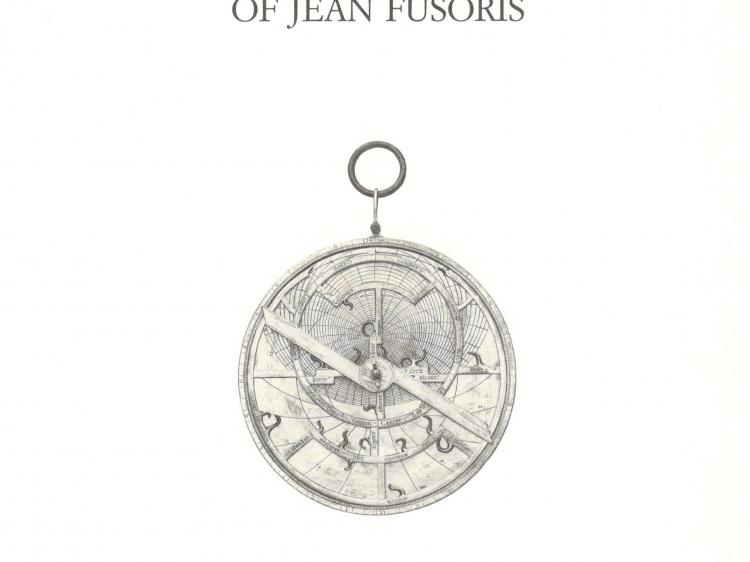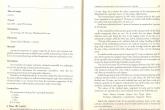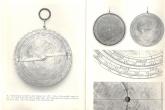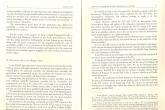"A MEDIEVAL ASTROLABE IN THE TRADITION OF JEAN FUSORIS", Fausto Casi.
Estratto in "NUNCIUS 1 – 2004", Edizione Leo S. Olschki Editore 2004
• lingua: inglese
• n. pagine: 29
• prezzo: €12
• dimensioni: 24 x 17 cm
Quando GPS e orologi da polso non esistevano, i nostri antenati si affidavano all'astrolabio: un sofisticato strumento che permetteva di determinare le ore del giorno e della notte, stimare la distanza di un oggetto visibile, stabilire l'altezza di un rilievo o la profondità di una cavità e misurare l'altezza delle stelle, del Sole o della Luna sull'orizzonte. Jean Fusoris fu uno dei più importanti produttori europei di astrolabi, potendo vantare tra i suoi committenti papi e re. Grazie al ritrovamento di un astrolabio attribuito all'atelier di Jean Fusoris è stato possibile riscrivere e approfondire la storia occidentale di questo strumento e del suo produttore, aggiornando così la ricerca effettuata da Emmanuel Poulle nel 1963. Sfogliando le pagine di questo articolo, il lettore potrà scoprire il funzionamento di questo raro esemplare.
Back when GPS and watches did not exist, our ancestors relied on astrolabes: sophisticated instruments that allowed them to determine the time of day and night, estimate the distance of a visible object, measure the height of a hill, the depth of a hole or the altitutude above the horizon of the stars, the sun and the moon. Jean Fusoris was one of Europe's most renowned astrolabe makers, with popes and kings among his clients. Thanks to the recovery of an astrolabe realised in Jean Fusoris' atelier, it was possible to rewrite and deepen the understanding of the Western history of this instrument and the history of its maker, thus updating the reasarch initially conducted by Emmanuel Poulle in 1963. By reading this article, the reader will discover the functioning of this rare exemplar.



